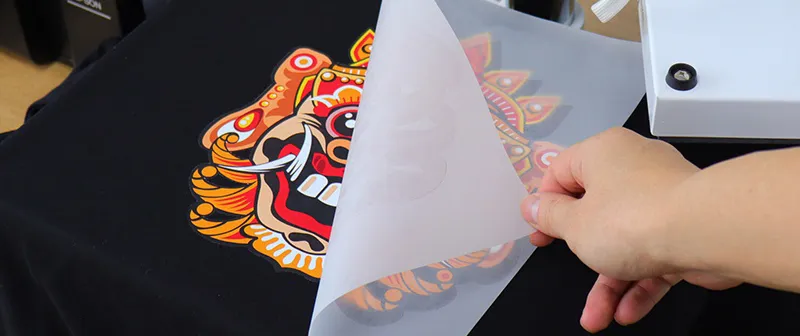Past Essentials: DTF Printing Techniques for Exceptional Fabric Creations
Past Essentials: DTF Printing Techniques for Exceptional Fabric Creations
Blog Article
Ultimate Guide to DTF Printing Methods for Spectacular Fabric Layouts
Starting the journey of grasping DTF printing strategies can open a globe of opportunities for producing visually fascinating fabric layouts. As the fabric market continues to advance, staying in advance of the contour with ingenious printing approaches is important. In this overview, we will check out the detailed information of DTF printing, from realizing the essential basics to unraveling advanced shade strategies that can boost your designs to new elevations. Keep tuned as we explore the subtleties of selecting the appropriate products, refining the printing process, and overcoming typical obstacles to attain spectacular outcomes.
Recognizing DTF Printing Fundamentals
DTF printing, a process that entails moving styles from an unique film to textiles using heat and pressure, forms the foundation of fabric printing strategies. The very first step in DTF printing entails developing or picking a layout that will be published onto the textile.
The final outcome is a spectacular, durable fabric design that is cleanable, versatile, and resistant to fading. Generally, understanding the fundamentals of DTF printing is essential for mastering this contemporary textile printing strategy.
Picking the Right Textile Materials
Having actually established the foundational concepts of DTF printing methods for fabric styles, the next essential factor to consider exists in picking the suitable textile products to complement this innovative process properly. The success of a DTF print mainly relies on the compatibility between the chosen fabric and the printing method. When selecting fabric materials for DTF printing, it is essential to take into consideration the textile's make-up, weave, and texture. Fabrics that work well with DTF printing consist of polyester blends, spandex, nylon, and various other synthetic products. These textiles commonly have a smooth surface that permits dynamic and detailed prints. Furthermore, the stretchability of these materials can suit the heat transfer procedure included in DTF printing without misshaping the design. It is advisable to prevent natural fibers such as cotton or silk, as they may not produce the very same level of print quality and resilience. By choosing the ideal fabric materials, designers can make the most of the possibility of DTF printing to develop resilient and stunning fabric layouts.

Mastering the Printing Process
To excel in DTF printing techniques for textile layouts, grasping the printing process is necessary for check here accomplishing high-quality and regular outcomes. The temperature, stress, and period of warm application have to be carefully controlled to guarantee correct attachment of the style to the textile. By refining each of these actions in the printing process, designers can continually create resilient and magnificent textile designs with DTF printing techniques.
Enhancing Layouts With Color Methods

In addition, explore shade gradients can bring a feeling of activity and fluidity to the design. By blending shades seamlessly, a slope result can be achieved, including a dynamic and modern touch to the textile design. In addition, using color obstructing strategies can create vibrant and striking visuals by juxtaposing different solid colors in distinct areas of the design.
Moreover, incorporating metallic or neon colors can give a special and appealing read this article aspect to the fabric style, making it stand out and radiate a sense of vibrancy. When tactically applied, these color strategies can boost the general aesthetic allure of fabric layouts, making them a lot more remarkable and captivating.
Troubleshooting Common DTF Printing Issues
After exploring various shade methods to boost textile layouts, it is essential to address common DTF printing concerns that may develop throughout the production procedure. Furthermore, concerns with picture quality and sharpness can occur due to low-resolution photos or improper printing methods. By being conscious of these common troubles and carrying out see post the required troubleshooting steps, you can enhance the general quality of your DTF published textile styles.
Conclusion
In final thought, understanding DTF printing strategies is essential for developing magnificent fabric layouts. With technique and interest to detail, one can create gorgeous and distinct textile layouts using DTF printing strategies.
Styles))))
DTF printing, a procedure that includes moving styles from an unique movie to fabrics utilizing heat and pressure, develops the foundation of fabric printing methods.Having actually established the fundamental principles of DTF printing methods for textile layouts, the following important factor to consider exists in picking the proper textile products to complement this ingenious procedure properly. By choosing the appropriate textile materials, designers can maximize the potential of DTF printing to develop stunning and long-lasting fabric styles.
To excel in DTF printing methods for fabric layouts, grasping the printing process is crucial for accomplishing top notch and consistent outcomes. DTF Printing. By sharpening each of these actions in the printing process, developers can regularly create durable and sensational textile designs with DTF printing techniques
Report this page